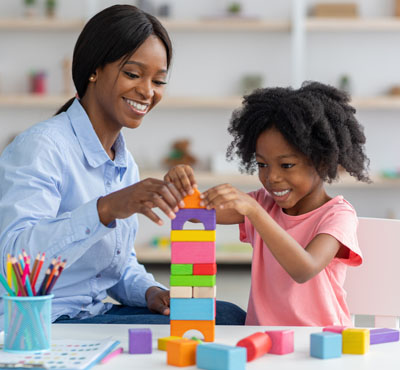Believe it or
not, learning shapes is an important step in learning to read. Learning shapes
is one way a child begins to understand and organize the world around her: buildings are rectangles, wheels are circles,
crackers are squares. 
Shapes are important in understanding math concepts. Once a child knows shapes, she is able to sort—and then count—items based on their most easily recognizable elements.
Believe
it or not, learning shapes is also an important step in learning to read.
Children will use the same skills to learn shapes that they use to recognize letters and words. They also learn
to write letters
by breaking them down into shapes.
Luckily, teaching shapes doesn’t require any special equipment. Shapes are all around us!
Make it Fun
Help your child discover the shapes in her environment by making it interesting and fun. Here’s how:
Take the time to point out shapes that you see: they’re on traffic signs, advertisements, packaging of all kinds,
and everywhere else you can think of.
Go on a “shape hunt” around the house. Challenge yourselves to find as many different shapes as you can. Don’t forget commonly overlooked shapes such as the doorknob, the window, the buttons on a phone or remote, cans in the kitchen, slices of pizza, the smoke detector, the dog’s collar, or letters
that come in the mail.
Declare a “Shape of the Day.” For instance, you can designate tomorrow as “Triangle Day.” You and your child can make a special effort to look out for triangles, all day long. Cut her sandwich into triangles, and spend time drawing big triangles and little ones. See how many triangles you notice throughout the day and
compare notes before bedtime.
Before bed, see how many different shapes your child can identify
in her bedroom.
Taking it Further: Shapes in Action
“Junk” mail is a gold mine of colors, letters, numbers...and shapes! Put this FREE resource to work for you, by using it to help your child learn. Look through grocery ads together with your child and see how many different shapes you can find. Other fun activities: see how many 9s you can circle with a crayon, or count how many red things you come across. Always a hit with kids: how many words can you find that have the first letter of your child’s name?
